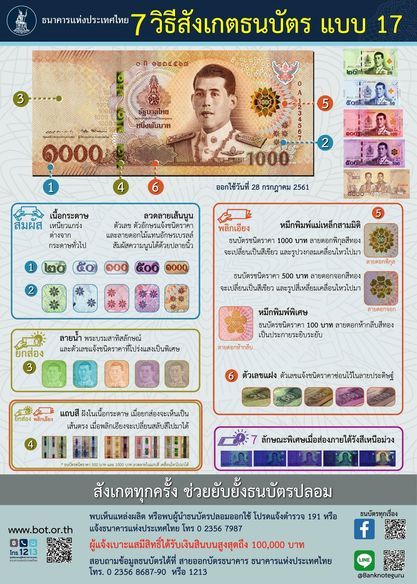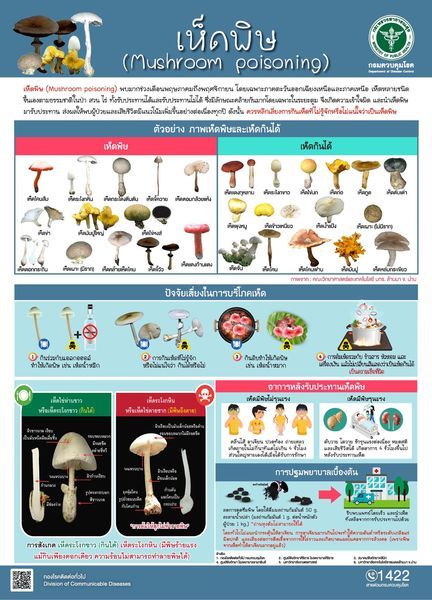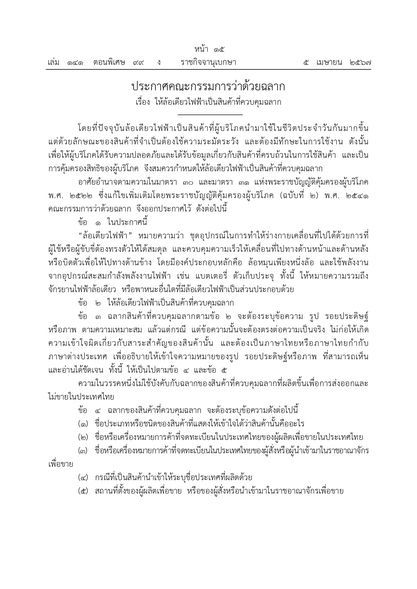Banknotes play an essential role in our daily lives, and the ability to identify counterfeit money is crucial for individuals and businesses alike. In this article, we will guide you through seven key methods for identifying genuine banknotes and protecting yourself from fraud.
1. Assess the Paper Texture
One of the most noticeable features of genuine banknotes is their unique paper texture. Authentic banknotes have a distinct feel, often described as crisp and firm. Counterfeit notes may feel smooth or slippery, making them easier to detect through touch.
2. Examine the Embossed Pattern
Many banknotes have embossed patterns or raised areas that can be felt when touched. Run your fingers over the surface of the banknote to check for these patterns, which are usually part of the design, such as portraits or other illustrations.
3. Check for Watermarks
Watermarks are an important security feature on many banknotes. To check for watermarks, hold the banknote up to the light or tilt it to see the watermark image clearly. Authentic watermarks are typically consistent in shape and size, while counterfeit watermarks may appear distorted or uneven.
4. Inspect the Color Strip
Some banknotes have a color-changing strip woven into the paper or printed on the surface. To check for this feature, tilt and turn the banknote in different directions. The strip should change color or display a shifting pattern when viewed from different angles.
5. Analyze the 3D Magnetic Printing Ink
Genuine banknotes often use specialized 3D magnetic printing ink that creates a unique appearance. When you tilt a banknote, the ink should appear to “roll” or shift in response to the movement. Counterfeit notes may have a flat or lifeless appearance in comparison.
6. Look for Hidden Numbers
Hidden numbers are another security feature found on many banknotes. These numbers are not easily visible but can be seen when the banknote is tilted at a specific angle or under certain lighting conditions. Make sure to move the note around and examine it from various angles to spot these hidden numbers.
7. Use Ultraviolet Light
Lastly, examining a banknote under ultraviolet (UV) light can be a helpful method to identify its authenticity. Many genuine banknotes have UV-reactive elements that will glow or display specific patterns when exposed to UV light. Counterfeit notes may lack this feature or show inconsistent reactions under UV light.
Remember, if you suspect that a banknote is counterfeit, it’s essential to report it to the relevant authorities. In the given example, individuals should inform the police (191) or the Bank of Thailand (0 2356 7987) about suspicious banknotes. Doing so not only helps prevent fraud but also entitles whistleblowers to potential rewards. By familiarizing yourself with these identification techniques, you can better safeguard yourself and contribute to combating counterfeit currency.




